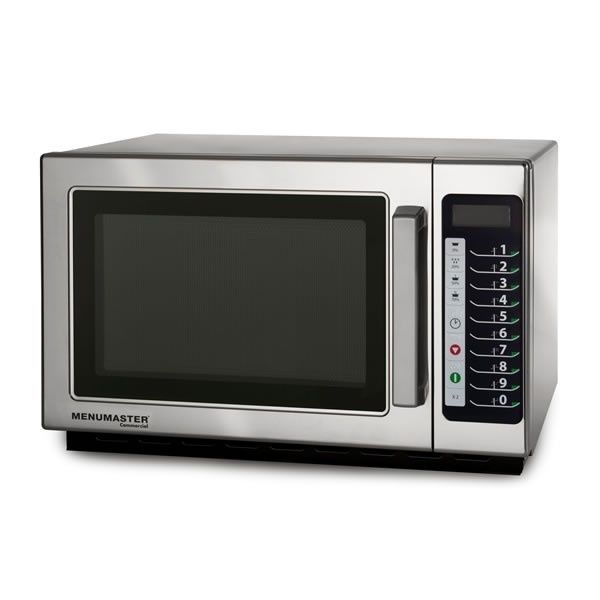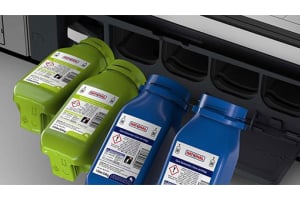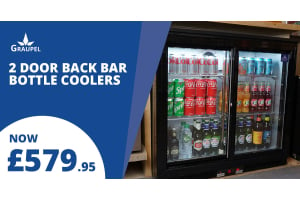
Even in a commercial setting, the microwave is one of the most useful appliances in the kitchen; they can fulfil numerous functions helping to reduce the workload on kitchen staff and other appliances saving you time. Unlike with domestic microwaves, commercial microwaves are much more powerful and durable as they have been built with components designed for consistent and long periods of use.
A commercial microwave has three main primary functions.
Cooking - The standard, universal function cooking with a microwave is quick and efficient and won’t require any air extraction or plumbing as well as little to no training in its use. However, microwaves don’t brown food.
Defrosting - Using a microwave to defrost is a much faster method than other methods. Microwaves can defrost a wide range of foods such as bread, vegetables, fish and meat when handled properly.
Reheating – Using a microwave to warm food is an excellent way to increase the lifespan of plated food and add service value to meals, hotter food will come across more delicious than food that has started to cool.
Key Points
Power - The power of a commercial microwave is one factor that can make a difference to your service, put simply the more powerful the microwave, the faster you can cook food meaning your food delivery times will also be quicker. For example, preparing a jacket potato in a domestic microwave can take up to 8 minutes whereas a commercial model can do that in less than 3 minutes which makes a massive difference when dealing with customers.
Manual or programmable – Manual microwaves offer a low-tech solution to commercial microwaves, this makes them easy to use but still reliable, manual microwaves generally use dial controls, food can be quickly cooked with the minimum of user input and little to no training. If you want something, more precise than a programmable microwave may the choice for you, programmable microwaves generally use a push button or a digital display allowing you to precisely control timing, heat level and food type (some programmable microwaves have pre-set food configurations) these settings help prevent user error and reduce waste.
Light or Heavy duty - Deciding between light and heavier duty models which ultimately be a result of the type of business you are and how busy your establishment gets through a working week. It's important that the appliance you intend to buy will be able to handle service during your busiest peak. Light duty microwaves are ideal smaller catering business such as cafés, coffee shops, snack vans and bakeries, however, in a commercial kitchen environment found in restaurants, hotels and pubs a heavy-duty model is preferable as it will be able to keep up with the busy pace.
Cavity liners – Some commercial microwaves function with the addition of a plastic insert known as a cavity liner. This acts as a layer of insulation resulting in faster cooking times over a standard commercial. The cavity liner also serves as a layer of protection as any spilt food product like sauces, meat juices, food particles are contained within the liner, this improves the levels of hygiene and makes cleaning more comfortable as the cavity liner can be removed and washed meaning the walls of the microwave should remain clean.
Combi Microwaves - Combination ovens or combi ovens get their name from the dual functionality, they offer more cooking flexibility than a basic commercial microwave as they provide the speed of a microwave with the cooking abilities of an oven.







